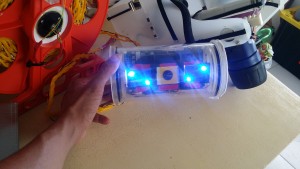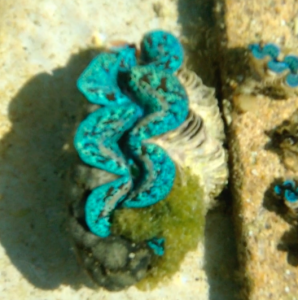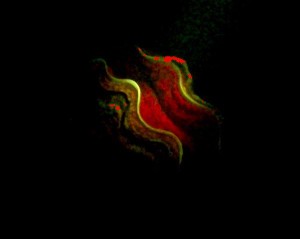Reflection
I have been part of a course that teaches its students about digital citizenship and how to work in a world that is going under the cyber age. In the beginning of this semester I was very nervous. I didn’t know what to expect. I thought I knew most things about what it meant to be a digital citizen; don’t be a troll and don’t post something you might regret later. I thought that was it and I was very wrong. Back then, what I thought of digital citizenship was that it meant you were apart of the cyber world and that was it. You had an account and sometimes you would post things and scroll through your feed. That’s all it was to me.
After entering this course, I was bombarded with an array of knowledge. There was a book we had to read called Net Smart by Howard Rheingold, and this book taught me so much about the digital world. First off there’s a thing called crap detection, and I remember the first time I read it I had a real kick out of it. But that was a real concept we had to learn for this class and it was an important concept at that. The book also taught about the importance of communication with others. I thought that this was one of the most important concepts we could have learned as a class. I thought this because in the world that we live in most often times we are silenced because the expression of feelings and thoughts and words can be seen as weak. We live in a world where there is so much pressure to be different that even a colloquialism among youth is being expressed; the term “basic” is now being used. If we live in a world, and we do, in which young people have an air horn to have their voices expressed but have fear of using that medium of communication because of the social repercussions of the day and age; then we are simply doing something wrong.
The idea to communicate, and communicate well, is a lost art. With so many people screaming ideas into our heads and having others tear them apart for having them; it’s no wonder youth may have apprehension from having a voice.
What this book taught us, along with our teachers, was how to communicate. And I take this with a grain of salt because we all communicate, but now we know the abundance at which we communicate when in the cyber world. We understand now that everyone can see it, literally everyone. But with the knowledge of this at hand, we are able to communicate efficiently, responsibly, thoughtfully, and wholeheartedly.
I remember when our teachers first had us engage in the community we were studying I was feeling more then a bit nervous. I was honestly scared of what might happen. I felt this way because I knew about the trolls and had seen them in action and I didn’t want anyone to talk to me like that. But, my teachers advised the class not to talk to those hurtful people and provided a safe place in the classroom so I felt brave enough to engage.
I say this because I no longer have fear to say what I believe or to ask questions to people of my fellow cyber community. I know how to communicate well and am aware of the image I am putting out into the world. I know myself and I know my cyber self. I am not afraid to say what I think or believe and I fear no one who would say anything against me.
















